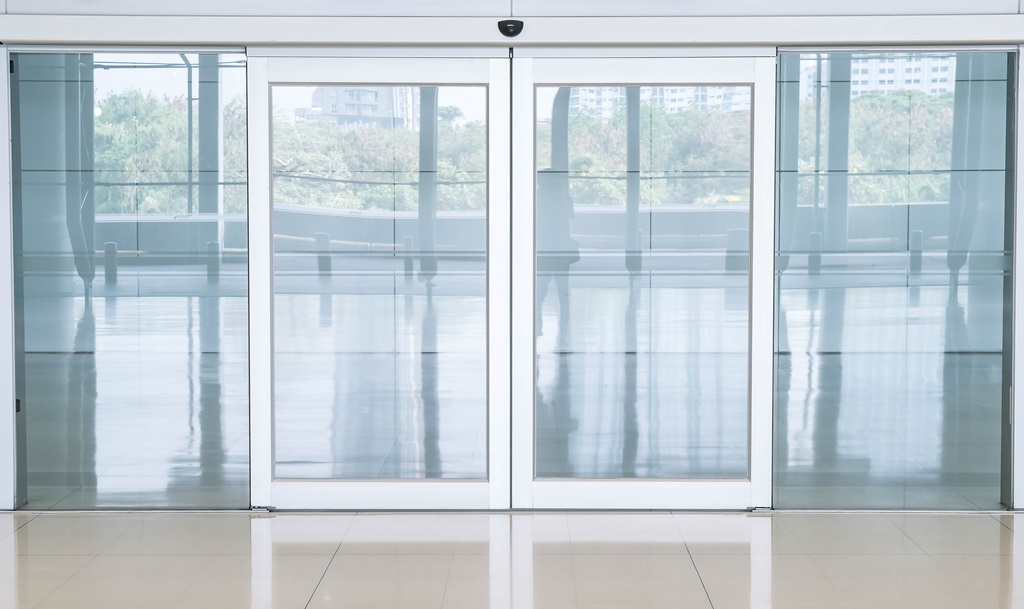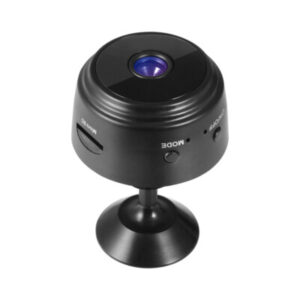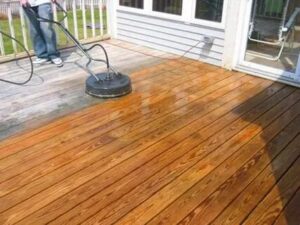A Guide to Glass Fitting Hardware: Types, Uses, and Benefits
Glass has become a fundamental element in modern architecture and interior design, offering transparency, elegance, and functionality. From office partitions...

Glass has become a fundamental element in modern architecture and interior design, offering transparency, elegance, and functionality. From office partitions to shower enclosures and facades, glass fitting hardware plays a crucial role in ensuring safety, stability, and aesthetic appeal. Whether you are a builder, architect, or homeowner, understanding different types of glass fitting hardware and their applications can help you make informed decisions. This guide will walk you through the essential glass fittings, their uses, and benefits.
Understanding Glass Fitting Hardware
Glass fitting hardware includes a wide range of components designed to secure, support, and enhance glass installations. These components are essential for structural integrity and ease of installation while maintaining the sleek and minimalist appeal of glass structures. High-quality glass fittings ensure durability, safety, and smooth functionality in residential, commercial, and industrial settings.
Types of Glass Fitting Hardware
1. Glass Hinges
Glass hinges are used to attach glass doors and panels securely while allowing smooth movement. They are commonly found in shower enclosures, office cabins, and glass doors.
Types of Glass Hinges:
- Pivot Hinges: Provide rotational movement around a fixed point, ideal for heavy glass doors.
- Wall-to-Glass Hinges: Connect the glass panel to a wall surface, ensuring stability.
- Glass-to-Glass Hinges: Join two glass panels at different angles, commonly used in shower cubicles.
- Hydraulic Hinges: Feature self-closing mechanisms, often used for automatic door closing.
2. Glass Clamps
Glass clamps hold glass panels in place without the need for drilling, making them ideal for balustrades, staircases, and partitions.
Types of Glass Clamps:
- D-shaped Clamps: Commonly used for securing glass panels to posts or walls.
- Square Clamps: Provide a modern, angular look, often used in commercial spaces.
- Adjustable Clamps: Allow flexibility for different glass thicknesses.
3. Glass Connectors
Glass connectors help join multiple glass panels together, providing a seamless appearance. They are crucial for making large glass walls, display cases, and glass railings.
Types of Glass Connectors:
- 90-degree Connectors: Used for right-angle glass panel connections.
- 180-degree Connectors: Join two glass panels in a straight line.
- T-connectors: Allow three panels to join at one point.
4. Glass Door Handles and Knobs
Handles and knobs enhance the aesthetics and functionality of glass doors. They come in various designs, including:
- Tubular Pull Handles: Provide a firm grip and modern appeal.
- Patch Lock Handles: Combine security features with sleek design.
- Knob Handles: Suitable for small glass doors like cabinets and showcases.
5. Patch Fittings
Patch fittings are frameless glass hardware components that connect glass doors without visible frames, creating a seamless look. They are often used in commercial buildings for sleek office partitions and entrance doors.
Common Patch Fittings:
- Top and Bottom Patches: Secure glass doors to the floor and ceiling.
- Corner Patches: Provide support at glass panel junctions.
- Pivot Patches: Allow doors to rotate smoothly without visible hinges.
6. Glass Sliding Systems
Sliding systems are ideal for glass doors and partitions in space-saving designs. These systems include:
- Single Sliding Doors: Ideal for residential and commercial use.
- Telescopic Sliding Systems: Allow multiple panels to slide over each other.
- Frameless Sliding Systems: Maintain a minimalist aesthetic with invisible tracks.
7. Spider Fittings
Spider fittings are used for securing glass facades and curtain walls, providing structural stability without bulky frames.
Common Types of Spider Fittings:
- Two-arm Spider Fittings: Support two glass panels at an angle.
- Four-arm Spider Fittings: Provide multi-directional support for large glass facades.
8. Glass Standoffs
Glass standoffs are cylindrical fittings that help mount glass panels for signage, railings, and decorative elements. They create a floating effect while ensuring stability.
Benefits of High-Quality Glass Fitting Hardware
1. Enhanced Safety
High-quality glass hardware ensures that installations remain secure, preventing breakage and accidents. Tempered and laminated glass combined with sturdy hardware offers maximum safety.
2. Aesthetic Appeal
Glass fittings contribute to the modern and sophisticated look of spaces. Sleek hardware designs blend seamlessly with interiors, enhancing the overall ambiance.
3. Durability and Strength
Premium-grade stainless steel and brass hardware resist corrosion, ensuring long-lasting performance in humid and high-traffic environments.
4. Easy Installation and Maintenance
Glass hardware components are designed for easy installation and minimal maintenance. Features like self-closing hinges and adjustable clamps make handling glass elements effortless.
5. Space Optimization
Sliding and frameless glass systems help in space optimization, making them perfect for compact areas like offices and apartments.
Choosing the Right Glass Fitting Hardware
When selecting glass fittings, consider the following factors:
- Glass Thickness and Type: Ensure compatibility with the hardware.
- Load-Bearing Capacity: Choose fittings that can support the glass weight.
- Environmental Conditions: Use corrosion-resistant hardware for humid areas.
- Design and Finish: Select hardware that complements the interior aesthetics.
- Functionality: Opt for self-closing hinges or sliding systems based on usage.
Conclusion
Glass fitting hardware is an essential element in modern architectural and interior designs, providing structural support and aesthetic appeal. Whether for residential or commercial spaces, choosing high-quality glass fittings enhances safety, durability, and visual impact. By understanding different types of glass fittings and their uses, you can make informed decisions that ensure stylish and functional installations. Invest in premium glass hardware to create seamless, elegant, and long-lasting glass structures.






